Where did the word "safari" come from and what does it mean? How are safaris of the past different from the modern adventuring in Africa? Where to go for the best experience? All about this type of nature vacation - by safari fans and experts.
Safari is…
When we hear the word "safari," we imagine a group of tourists moving through an African savannah in search of large wild animals: lions, rhinos, buffalo, and elephants. In historical pictures, we often see men in pith helmets with guns in their hands, while modern pictures show people in SUVs holding long lens cameras. It is an animal hunt - hunting in the literal sense, or just observing and photo-hunting - in the vastness of the hottest continent. Fashion connoisseurs may also think of beige-colored clothing with a straight cut, the obligatory wide belt, and a wide brimmed hat, inherited from the British military who served in Britain's African colonies. All these are our first associations with the beautiful word "safari," which sounds like it could be an Arabic given name.
A modern-day safari is a sightseeing trip to an African national park, the main purpose of which is to observe wild animals. In the past, safaris were organized with the objective of hunting large animals. Africa's canonical Big Five: the elephant, lion, rhino, African buffalo, and leopard are associated with the hunting traditions of Africa. Among hunters, these five mammals were considered to be the most dangerous and difficult to pursue, and their body parts made the most coveted trophies.
Nowadays, hunting on safari is generally However, it is still permitted in a very limited number of reserves. This very expensive pastime is strictly regulated by law. So, the vast majority of safaris today are rides on off-road vehicles that go along the routes designated by national parks, where you can meet wild animals, gaze at them up close or through binoculars, take pictures and observe their behavior in the natural environment.
The word "safari" itself comes from Swahili - the main language of the people of East Africa. It means "journey, trip" and goes back to the Arabic word “safar” with the same meaning. In Swahili-speaking countries, the term refers to any journey. There is even a common phrase, safari njema! It is a wish for a good and pleasant journey.
How has safari become a popular pastime?
The Oxford Dictionary defines “safari” as “a trip to see or hunt wild animals, especially in east or southern Africa”. In the West, this word was popularized by the British traveler Richard Francis Burton, who explored East Africa in the 19th century with John Henning Speke and took great pleasure in learning the languages and customs of the peoples he met. Gradually the word “safari” spread into other languages and was used to refer to travel in the wilds of East Africa.
By the way, Richard Burton became famous not only as a linguist and ethnographer but also as a person who translated into English the ancient Indian Kamasutra as well as the Arabic and Persian tales of the Thousand and One Nights. Moreover, he was a rare non-Muslim pilgrim to Mecca and had to disguise himself as a sheikh or a dervish to secretly make those pilgrimages. Burton is also famous as the first European to discover the great African Lake Tanganyika, which stunned him with its beauty.
One of the most well-known historical African safari trips was the long expedition embarked upon by the 26th U.S. President Theodore Roosevelt. In 1909 with his son and a large escort team for almost a year, just after his presidential term ended. Photos of Roosevelt on the hunt were printed in the newspapers, and a documentary about the trip was shown immediately upon his return. There is a book report of African Game Trails written by Roosevelt himself. We may be struck today by the list of animals killed on that safari, which is scrupulously given in the book. But the expedition was equipped by the Smithsonian Institution and allegedly had scientific motivations behind it.
The expedition brought back from Africa more than 23,000 specimens of plants and animals. It is recorded that 512 large animals have been shot personally by the president and his son, and a total of about 11,400 animals were killed or captured. It took the Institute eight years to catalog all the specimens. They became the basis of today's National Museum of Natural History in Washington. Therein lay the contradiction in Theodore Roosevelt's personality: his passion for hunting was joined with his desire to champion the interests of conservationists and scientists. It was he who founded the U.S. Forest Service. Roosevelt was also the first president to establish national parks and numerous protected areas in the United States.
"Roosevelt in Africa" documentary. Filmed in 1909. Library of Congress archives
Safari as a popular cultural phenomenon was heavily influenced by the American journalist and writer Ernest Hemingway. In the 1930s he traveled through Kenya and Tanganyika (as the mainland territory of present-day Tanzania used to be called). It is known that Hemingway was impressed by Africa’s stunning nature as well as by the magnificent Mount Kilimanjaro. Hunting was one of his passions - he hunted a lot in the Serengeti, as well as near Lake Manyara and today's Tarangire National Park. His love of nature and hunting influenced Patrick, the writer's son, who had been traveling with his parents since childhood. Patrick Hemingway eventually moved to Tanzania and lived there for 25 years. He also worked in Uganda and Kenya and even started his own safari business.
Ernest Hemingway's best-known "African" works are the short story "The Snows of Kilimanjaro '', and the "Green Hills of Africa" novella, which essentially is an autobiographical report of his family’s safari travels. His other drafts about Africa were compiled into the “True at First Light” book and published after the writer’s death by Patrick Hemingway.
Adventure novels on the topic of safari started to appear as early as the 19th century. We can remember the classic Jules Verne’s first novel, “Five Weeks in a Balloon”, which was about a journey in the air over Africa. We may also think of a popular novel by Henry Haggard, called “King Solomon's Mines”, about adventures in South Africa, or of the “World Voyage of a Young Parisian” by Louis Boussenard.
Another genre of literature that has preserved many early safari stories was adventure diary entries. Here one may think of William Kingston's “Adventures in Africa by an African Trader”. Allegedly those entries were written by a real but unidentified ivory trader and Kingston used those writings to compile a book. Another notable work of this genre was “Trader Horn: A Young Man's Astounding Adventures in 19th Century Equatorial Africa”, written by another ivory trader, Alfred Horne. Back then many parts of Africa remained unknown to Europeans, and such books fuelled the public interest in the exploration of the African continent with its incredibly rich geographical, cultural, and biological diversity.
The age of cinematography began in the early 20th century, and there were many popular adventure films set in Africa (most often in East or Central Africa) that also added interest to the topic of safari. The above-mentioned “Trader Horn” was adapted in 1931, although greatly augmented by fictional events. In the mid-20th century, the theme of jungle adventure was popular, and on cinema screens, you could see the African expanses being added alongside such locations as the jungles of Southeast Asia and the Amazon. Later, the 1985 film "Out of Africa'' starring Robert Redford and Meryl Streep had a major influence on the return to fashion of the safari style in clothing and interior design. It was based on the autobiographical book by Karen Blixen, who lived for many years in Kenya, and won seven Academy Awards and three Golden Globes, among other honors.
The growing interest in the modern type of safari travel was promoted even further by numerous documentaries, such as those from the National Geographic and Discovery channels, filmed in East African national parks, most notably in the Serengeti. Scenes of people driving through the savannah in an open car and observing various wild animals in their natural habitats while taking photos have encouraged many to plan their personal adventure - a trip to the great natural reserves of East Africa. Many travelers are also pleasantly surprised to find out that apart from driving in a car, there are numerous other ways of visiting the wild places of Africa.
What kinds of safaris are there?
A classic safari in today’s East Africa is a trip in an off-road vehicle with a driver-guide through the expanse of a national park where wild animals live in their natural habitats. The forests and savannas are roamed by herds of elephants, buffalo, zebras, and antelope of different species, as well as by giraffes which wander alone or in small groups. The trees are often occupied by monkeys and birds, while warthogs hide in the shade of bushes. Large herbivores are hunted by lion prides and solitary carnivores such as leopards and cheetahs. Jackals and hyenas choose smaller victims. Hippos and crocodiles hide in rivers from the heat. Travellers who go on safari have a unique opportunity to observe all those spectacular environments that are teeming with life.
What are the advantages of driving around a national park in a car? This allows you to see a large number of animals of different species in just 2-3 hours. Also, when rangers find an interesting sighting such as a large pride of lions or a rhinoceros, they report it to the safari car driver by radio, so that you can quickly go there and see those animals. The off-road vehicle ride is the most popular safari format, but it is not the only one.
In some parks, where safety conditions allow, you can go on safari afoot. This is usually arranged in the areas where attacks by large animals are unlikely and there are no large herds grazing. For further safety, visitors are accompanied by an armed ranger. Safari walks allow you to get as close as possible to the natural environment of the park, observe the local plant world, and explore nature by encountering it directly.
One of the most beautiful and unusual ways to go on safari in Africa is to fly over the savannah in a hot air balloon. This will guarantee a thrilling experience for any visitors to a national park. Flying in the basket of a hot air balloon will allow you to marvel at the vastness of the landscapes below, and feel the true spirit of adventure captured in the pre-industrial era novels and travel diaries. Modern aerial safari is a premium type of recreation, which costs more than the classic car tours but guarantees amazing emotions and unusual angles from the bird's-eye view. A hot air balloon experience is often added as a "highlight" to a regular game-drive safari.
Another fantastic way to look at Africa’s stunning nature from an unfamiliar angle is by traveling on a boat over the surface of lakes, rivers, or even in the ocean. Riding a boat along one of the Tanzanian rivers, you will hear the guide telling you all sorts of interesting facts about crocodiles and hippos. And, of course, you’ll have a chance to observe those magnificent animals in close proximity! On a sea safari, you can go to various islands or ride a boat near the mainland. One of the highlights of a sea safari is getting close to dolphins and observing how those aquatic mammals play.
Where can you go on safari?
Perhaps the most famous destination for those wishing to go on a safari tour is the Serengeti National Park in East Africa. Many consider the iconic landscapes of the Serengeti to be the birthplace of the safari phenomenon. It is located in northern Tanzania. A natural extension of this national park can be found in neighboring Kenya, where it is called Maasai Mara National Reserve.
Another world-famous protected area can be found nearby: the Ngorongoro Conservation Area. It contains the world's largest ancient caldera which is truly a unique and breathtaking site. The famous zoologist Bernard Grzimek in his book “Serengeti Shall Not Die” called it a huge natural zoo. It is home to the “Big Five” game (elephant, lion, leopard, buffalo, rhino) and huge migrating herds of herbivore animals. The caldera’s steep walls make it seem like the animals are surrounded by a sort of natural enclosure.
Other notable parks and protected areas include Kenya's Amboseli and the Laikipia Plateau, Kruger National Park in South Africa, the Okavango Delta and Chobe National Park in Botswana, as well as Queen Elizabeth National Park in Uganda, among others. And we can also mention the famous national park in Zambia, Mosi-Oa-Tunya, and Zimbabwe's Victoria Falls National Park. While these two national parks aren’t large, their main advantage is that both are adjacent to the spectacular Victoria Falls. Another remarkable place that can compete with Victoria Falls in popularity is the renowned Mt. Kilimanjaro volcano, whose international fame helped to bring popularity to some less well-known Tanzanian national parks such as Arusha and Tarangire.
There are many more notable national parks in other countries of the continent. Safari has long spread beyond East Africa. Moreover, the name “safari” is frequently attached to tours in national parks of Asia, primarily in India, Nepal, Bhutan, and Sri Lanka. In India, for example, Ranthambore, Gir forest, and Kanha national parks are popular. The latter is considered to be the inspiration behind the Rudyard Kipling's “Jungle Book”, which is a story about an animal-raised boy named Mowgli. Generally, these days safari has become a global phenomenon. It is often used to name a journey into the wilderness anywhere in the world, even if it is in Australia.
Starting from the 1960s, so-called “safari parks” started to appear in different countries. Those are basically open-air zoos, where animals live in relatively large open areas. Visitors could enter such territories in their own cars or even on foot. Such experimental “zoos” first began in the U.S. and then in Japan, where you could ride past walking lions.
The first full-fledged safari park was Longleat Safari and Adventure Park in England. Today in that well-known place you can find ostriches, giraffes, antelopes, zebras, and other animals, not only those native to Africa. In the 21st century, there is a huge number of such safari parks around the world. The better places, such as Longleat, often invest in conservation, as well as rescue and rehabilitate animals, for example, those who spend their lives in the circus, like Anne the elephant mentioned above. But, of course, many parks are much worse and they can never be the same as the natural environment. The animals there are kept in captivity and frequently isolated, and some of those parks adopt the practices of contact zoos, which many consider unethical and harmful for the animals.
Real safari without violence towards animals can be found where it once originated - in Eastern Africa. Here animals live and thrive in their native environment without people trying to move them to other continents and intrude on their lives. Tanzania has made great progress in establishing national parks and reserves with clear rules and regulations for the visits into those protected areas, which helps to protect the country’s spectacular conservation areas. This, coupled with Tanzania’s outstanding biodiversity and natural beauty, makes it one of the best countries for safari tourism, if not the best in all of Africa.
If we search Instagram for hashtags and geotags with the word "safari" and then analyze the stats, we’ll see that there are three African countries in the top 10: Tanzania, South Africa, and Kenya. The first place is taken by the Victoria Falls National Park, where the main attraction is, of course, the spectacular waterfalls. But among true safari destinations, pictures from the Serengeti National Park are the most “Instagrammed” with over 160.000 photos tagged. All in all, Tanzania appears to be the clear leader when it comes to wildlife safari adventures.
Active development of tourism in the country, high level of security, as well as availability of many other tourist activities can make your trip to Tanzania delightful, safe, and truly memorable. In addition to going on safari, you can learn about the folk traditions and culture of the local tribes in their villages, take tours to lakes, waterfalls, and other places of natural beauty, as well as explore or relax on the beaches of Zanzibar and other islands. Also, you could go to the diving sites off the coast in the Indian Ocean and observe underwater life with your own eyes. And, of course, there are expeditions to Mt. Kilimanjaro. By combining safaris with a variety of other activities, you can build a plan for the perfect African vacation while staying in the same country.
Welcome to the birthplace of safari - Tanzania, East Africa
The most popular protected areas in Tanzania are located in the north of the country, between Lake Victoria and Mount Kilimanjaro. We have already named them: Serengeti, Ngorongoro, Tarangire, Arusha, and Kilimanjaro National Park itself, whose main attraction is the eponymous peak, the highest in Africa. In addition to the Kilimanjaro trek, the north of Tanzania can offer guests two more interesting climbs - to the top of Kilimanjaro’s little brother, Meru volcano, and to Ol Doinyo Lengai, which is considered to be a sacred mountain among the local tribes. Among famous sites nearby there are also Lake Manyara National Park and three major lakes: Manyara, Eyasi, and Natron.
We have long specialized in the organization of nature tours in Tanzania and know all about local safaris. This is why we can confidently say that the incredibly rich travel opportunities of this African country are not limited to the most famous national parks we mentioned above. In the west of Tanzania, as well as in its central and southern parts, there are national parks and reserves that deserve attention. We can especially note Ruaha, Nyerere as part of the Selous, Katavi, as well as Gombe Stream, and Mahale Mountains, among other national parks and reserves.
How much time does going on safari take?
If you plan your trip to Tanzania well, you can ensure a great safari experience in several days, visiting the savannah expanse of the Serengeti with its Great Animal Migration, the famous Ngorongoro crater, as well as the wilderness of Tarangire, where herds of elephants roam among baobabs, the Great Ruaha River, in the waters of which many crocodiles and hippos hide, and the dense forest parks on the coast of Tanganyika, where researchers have spent decades observing chimpanzees.
A good safari trip would take several days. If you can dedicate a couple of weeks or more to your adventure - even better! Every major national park is absolutely worth spending a few days in, and sleeping in right on the park’s grounds is a great experience. In that case, you’ll have the opportunity to go on safari in the early morning, and in the evening just before sunset. During these periods, the animals are the most active and playful. The majority of interesting scenes of animals interacting with each other usually take place in the morning and evening hours, when they aren’t forced to lazily seek shelter in the shade to avoid the scorching sun.
The incredible diversity of Tanzania’s flora and fauna allows for a variety of experiences. If you have the opportunity to stay on safari for longer than two weeks, don't miss that chance. Theodore Roosevelt spent almost a year in Africa, Ernest Hemingway came twice, and each time it was an extended trip.
All I wanted to do now was get back to Africa. We had not left it yet, but when I would wake in the night, I would lie, listening, homesick for it already.
Ernest Hemingway, “Green Hills of Africa”
What to expect from your safari trip in Tanzania?
There are three elements to a safari trip: safari vehicle rides, rest at one of the nearby hotels, and transfers between the hotel and the national park. Good planning allows you to minimize transfer time so that you will have more time to enjoy the main activities or rest.
Typically, it’s a good idea to stay within the same park for at least three days, ideally five days. This way you can experience the best things a park has to offer, visiting the interesting places that are often missed by hurried tourists.
When choosing hotels, we strongly recommend that you pay attention not so much to the number of stars or interior details, but to the specific conditions you’re looking for in your accommodation. A very important factor is the hotel’s location. A lodge located within a national park often wins even against a luxury hotel in the nearest town. Time spent in transfer should be kept to a minimum, this will allow you to experience more of Tanzania’s spectacular nature. The opportunity to be deep in the park in the hours of the early morning is priceless! And the overall impression at the end of the safari is made up of these individual episodes.
An ideal safari day can be described as follows: the guests wake up early, shower, and take a safari vehicle to the park, taking their lunchboxes with them. This way it’s possible to see the morning predator hunt and lots of animals standing or laying down right on the road or nearby (before dozens of other safari vehicles have arrived). Shortly after that visitors can enjoy an outdoor breakfast at one of the park's picnic sites. Later, they ride some more around the park and return to the lodge for lunch. After lunch, the guests rest in the cool rooms while it is hot outside, and in the afternoon they go on safari again. Again they see many different animals, take beautiful pictures and return to the lodge as it is getting dark. In the evening they enjoy a delicious dinner, cozy outdoor gatherings, and a nice rest before going to bed.
When is the best time to go on safari?
Tanzania is amazing because it is located near the equator and has several geographic regions. This means that you can travel here at any time of the year, as long as you don't set a specific goal, such as seeing antelopes forcing the rivers of Serengeti, which falls on June-August, during the Great Migration. However, Tanzania’s climate and weather conditions allow you to observe animal life almost all year round.
If you are worried about the rainy seasons, let us reassure you - the seasonality of rainy and dry periods in Tanzania these days is rather arbitrary. In any case, some rain very rarely prevents our guests from enjoying a safari. In addition, the so-called rainy season has many advantages, the key ones being the absence of crowds of tourists on popular trails in the parks, and lower hotel prices.
If you can't wait to start planning your safari trip to the heart of Africa, check out Altezza Travel's safari programs. While we offer numerous different tours, a customized program can be even better. Just contact our managers and ask them to put together a program that will be the most suitable for you. A couple of short articles with practical tips may also be helpful: on how to prepare for a safari in Tanzania, and what to bring with you on your trip.
Don't hesitate to ask questions, and feel free to ask us to expand your safari tour program - Tanzania has a lot to offer. We look forward to seeing you on safari!
All content on Altezza Travel is created with expert insights and thorough research, in line with our Editorial Policy.
Want to know more about Tanzania adventures?
Get in touch with our team! We've explored all the top destinations across Tanzania. Our Kilimanjaro-based adventure consultants are ready to share tips and help you plan your unforgettable journey.















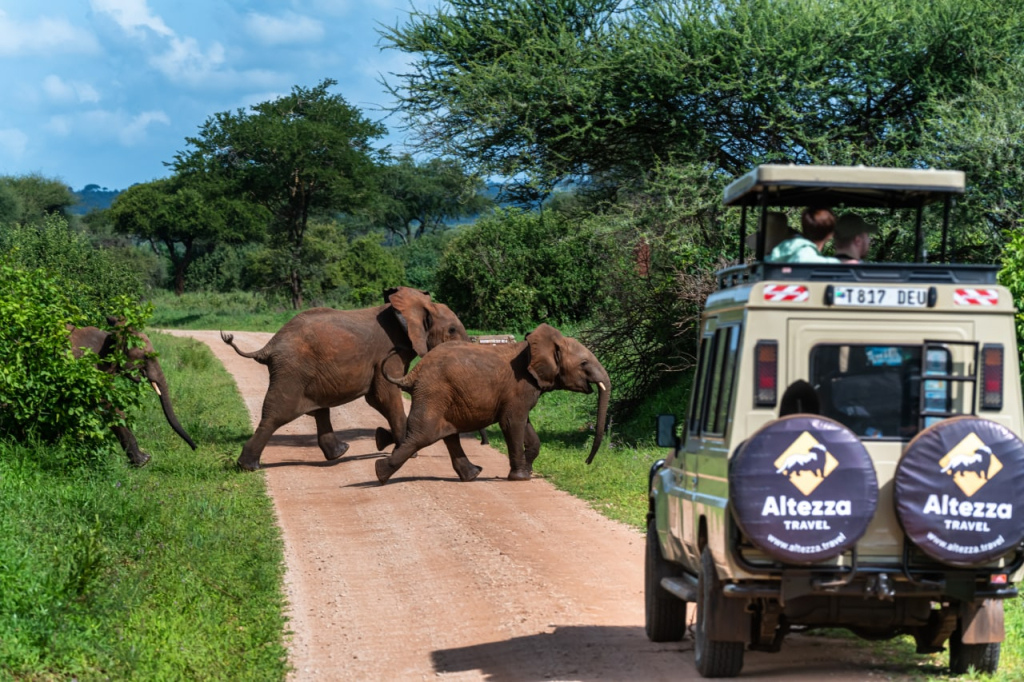


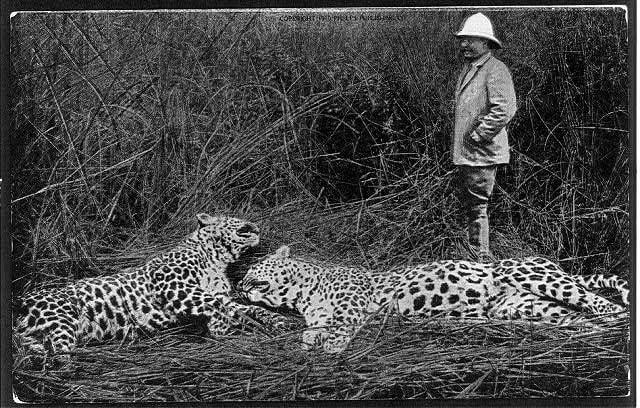
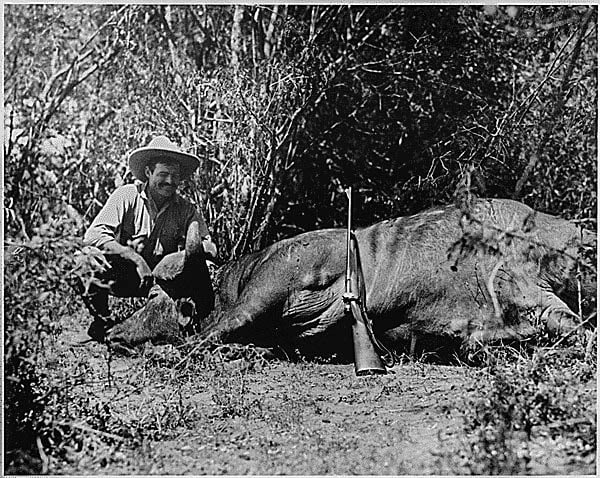



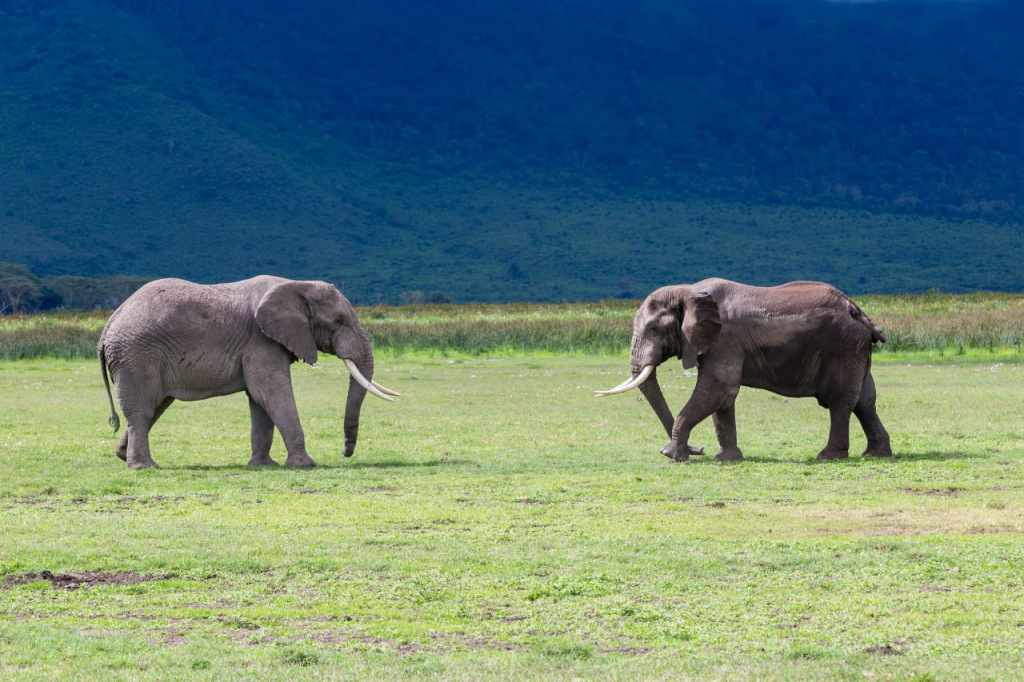
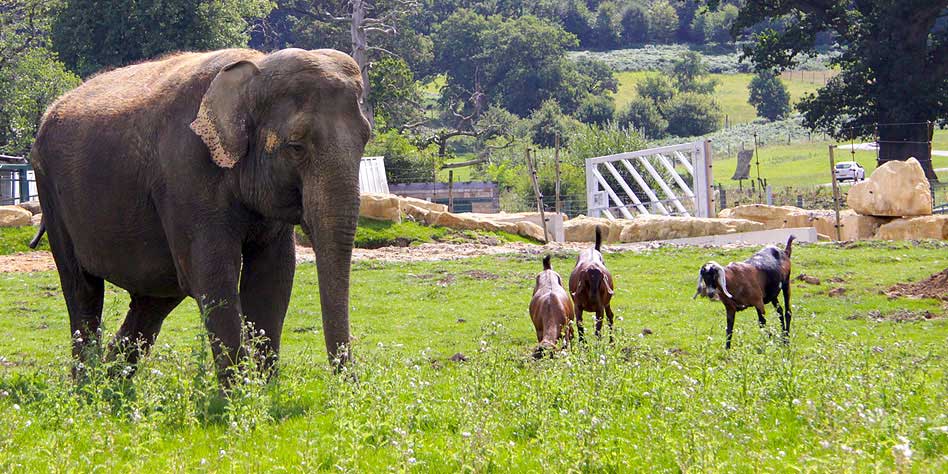
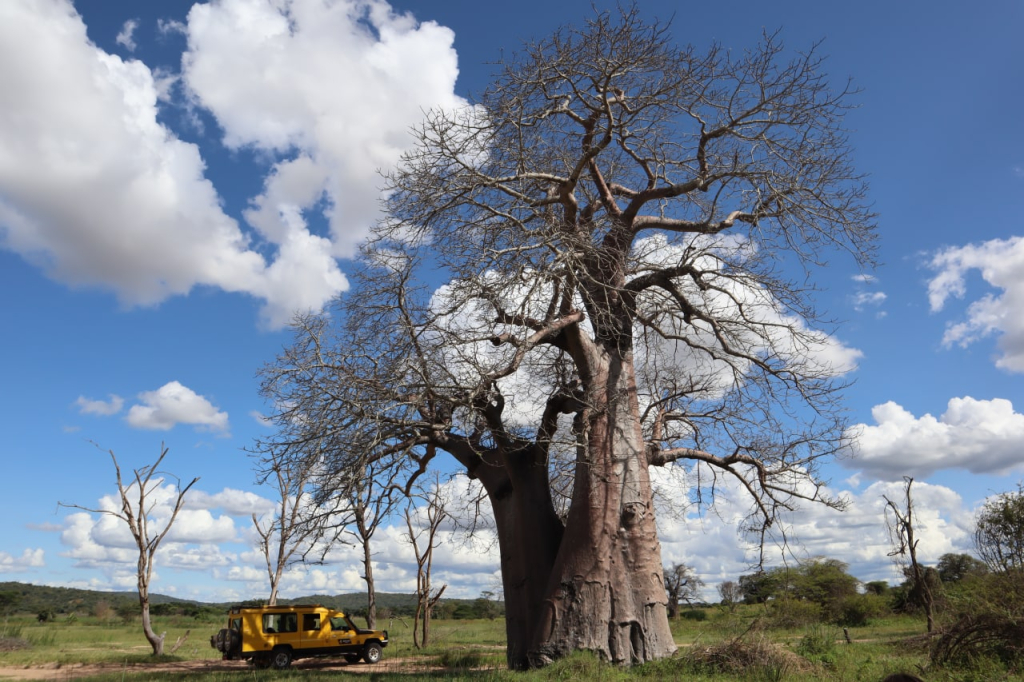



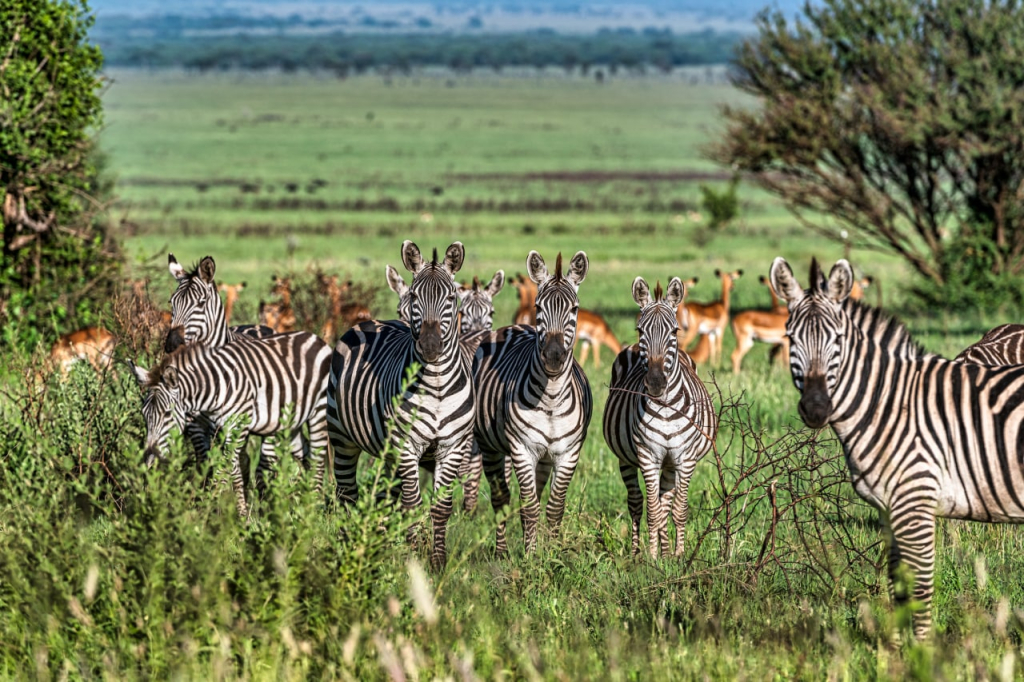


Is there any age limit on safari? My son will be 6 this year
Hi Sandi! You question has inspired us to write a detailed article about it!
To give you a short answer:
1. There are no age limits set by the National Parks.
2. Some lodges and camps have age restrictions, some not accepting children under 5 years old.
3. Ultimately, it depends on your child. Even 3-year-olds can enjoy a safari, while a 14-year-old teenager might be bored and spend all their time on their smartphone. It all depends on the child's behavior. There are even a lot of adults who aren't interested in wildlife. However, we believe that taking kids on an African safari can really spark their interest in wildlife and exploration. Just keep in mind that safaris involve dust, rough roads, and hot sun.
We've had many families go on safari with their kids and they've enjoyed every single day in Tanzania. It's really like the Lion King movie - kids will see elephants, giraffes, zebras from a very short distance from the car - they will definitely fall in love.